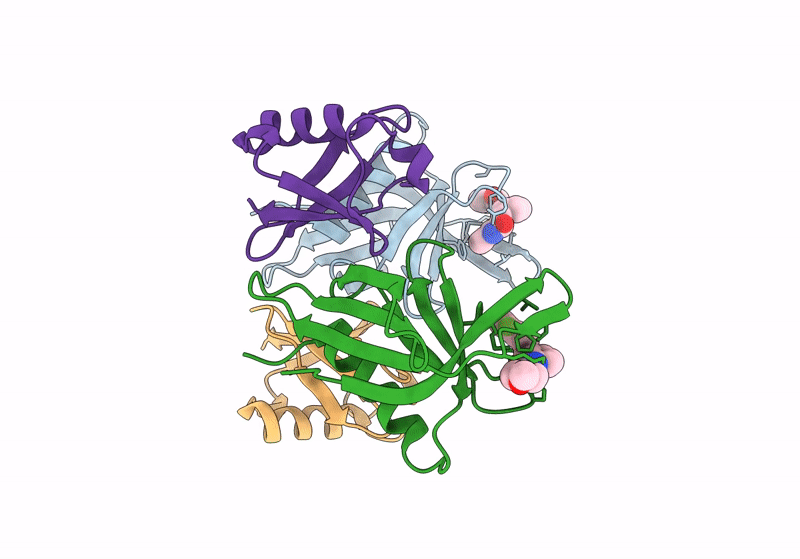
Deposition Date
2023-01-13
Release Date
2024-03-27
Last Version Date
2024-10-30
Entry Detail
PDB ID:
8FTQ
Keywords:
Title:
Crystal structure of hRpn13 Pru domain in complex with Ubiquitin and XL44
Biological Source:
Source Organism:
Homo sapiens (Taxon ID: 9606)
Host Organism:
Method Details:
Experimental Method:
Resolution:
2.10 Å
R-Value Free:
0.24
R-Value Work:
0.22
R-Value Observed:
0.22
Space Group:
P 1 21 1


